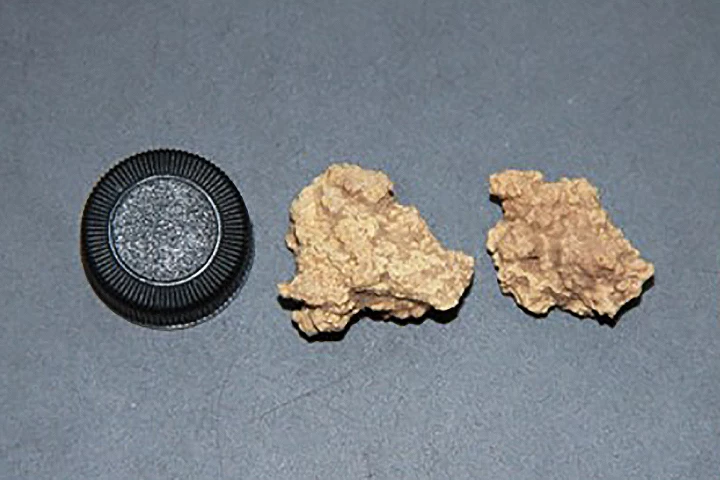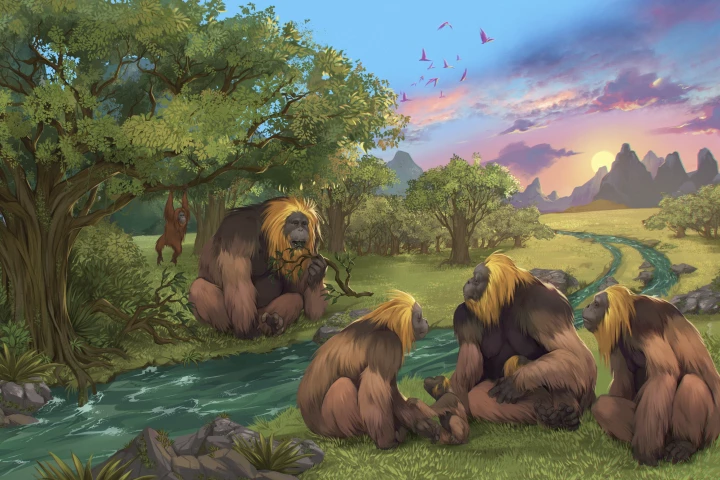Chinese Academy of Sciences
-
High on sheer cliffs in China, ancient coffins are wedged into rock faces hundreds of feet above the ground. These dramatic burials, now re-examined using ancient DNA, point to a broader practice where disparate cultures all had their own "sky graves."
-
Massively faster, more scalable, and more energy efficient than electronic computation, single-shot tensor computing uses light’s amplitude and phase to store, process, and send data. It could "create a new generation of optical computing systems."
-
Rare earth elements that are crucial for producing tech products, from EVs to phones, require destructive mining to get them out of the ground. Scientists in China might have just found another source for them that's easier to reach: ferns.
-
Scientists in China have devised a way to capture carbon dioxide stored in seawater, and convert it into biodegradable plastic precursors. This approach could reduce the acidification effect of CO2 emissions in marine ecosystems, with an added bonus.
-
Scientists have created a hydrogel “rest stop” that shields cancer-fighting T cells, delaying their exhaustion and boosting their killing power. The game-changing strategy could supercharge immunotherapy, giving T cells time to regroup and hit harder.
-
Harnessing the power of a metabolite produced in the kidneys and absorbed from certain foods can mimic the health benefits delivered by exercise, regulating inflammation and promoting an array of anti-aging processes without any physical activity.
-
Scientists have developed the world’s strongest resistive magnet, which produced a steady magnetic field of 42 Tesla (T). The system could improve devices that use magnets, as well as enable a range of new experiments that probe electromagnetism.
-
Bizarre clumps of organic matter found buried alongside Bronze Age mummies in China have now been identified as cheese. New DNA analysis has finally solved a long-standing mystery, and it makes it the oldest cheese ever found, dating back 3,600 years.
-
We’ve all accidentally tied knots that we can’t untangle – but we don’t expect to win any world records. Now scientists have done exactly that, accidentally tying the world’s smallest and tightest knot in a tiny structure made of just 54 atoms.
-
While ethical questions abound, scientists have tweaked traditional SCNT cloning of mammals to produce the very first healthy rhesus monkey that has lived to adulthood. It’s the first successful cloning of a species notoriously hard to 'copy and paste.'
-
For two million years, a 10-feet-tall, 660-pound ape thrived in the forest, until it mysteriously vanished during the late middle Pleistocene. After 10 years of work, scientists at last reveal just what happened to our largest known distant relative.
-
Chinese scientists have developed a cost-effective method of converting coal into protein, which they say could feed livestock much more efficiently than natural plants, while using a tiny fraction of the land.
Load More











